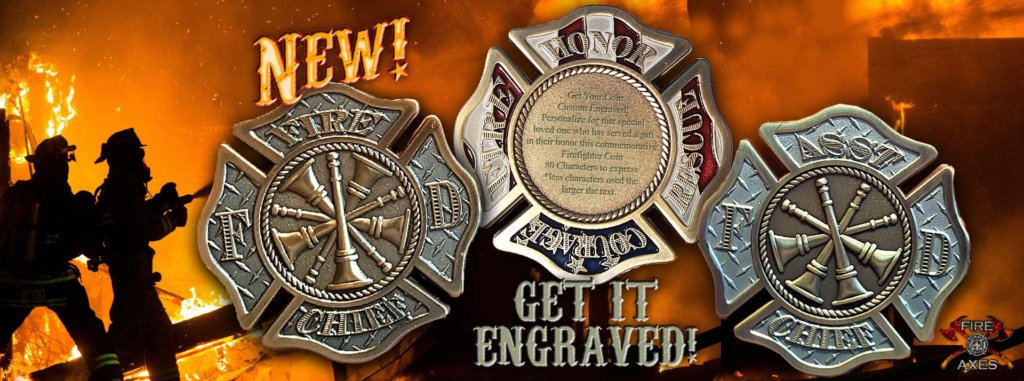Firefighting training is an essential component of preparing firefighters for the challenges they may encounter on the job. These training sessions are rigorous, demanding physical and mental exertion, and simulating real-life scenarios to develop the skills required to combat fires effectively. Let’s explore what a day of firefighting training might feel like and the various exercises and drills that are commonly performed.
- Physical Conditioning: Firefighting is physically demanding, requiring firefighters to be in optimal shape to perform their duties effectively. Therefore, a typical day of training often begins with physical conditioning exercises, such as cardiovascular workouts, strength training, and endurance drills. These activities aim to enhance stamina, agility, and overall fitness, enabling firefighters to endure the physical rigors encountered during firefighting operations.
- Classroom Instruction: Firefighting training involves theoretical knowledge to understand fire behavior, safety protocols, and firefighting techniques. Classroom instruction sessions provide firefighters with essential information about fire dynamics, hazard recognition, equipment operation, incident command systems, and communication protocols. This knowledge forms the foundation for practical applications and decision-making in the field.
- Fire Behavior Training: Understanding how fires behave is crucial for firefighters to anticipate and respond effectively to changing conditions. Fire behavior training often involves simulations and demonstrations that recreate various fire scenarios. Firefighters learn about different types of fires, how they spread, the effects of ventilation on fire behavior, and techniques to control and extinguish fires safely. This training helps them develop a keen sense of fire dynamics and enhances their situational awareness.
- Live Fire Exercises: One of the most critical aspects of firefighter training is live fire exercises. These exercises provide hands-on experience and simulate real-life firefighting situations. Under controlled conditions and in a controlled environment, firefighters are exposed to actual fires. They practice techniques such as fire suppression, search and rescue, ventilation, and coordination in a team setting.
During live fire exercises, firefighters work in teams to combat the flames using hoses, extinguishers, and other firefighting equipment. They learn how to control the spread of fire, navigate through smoke-filled environments, and coordinate their efforts effectively. This hands-on experience is invaluable in building confidence, improving decision-making skills, and reinforcing teamwork and communication.

- Search and Rescue Drills: Firefighters are often called upon to conduct search and rescue operations to save lives in emergency situations. Training includes simulated rescue scenarios where firefighters learn techniques for locating and extricating individuals from buildings or hazardous environments. They practice using tools like thermal imaging cameras, ropes, and lifting equipment to locate victims and safely remove them from danger.
- Hazardous Materials Training: Many fire departments require firefighters to undergo specialized training in handling hazardous materials. This training includes learning about the types of hazardous materials, proper handling and containment procedures, and effective decontamination methods. Firefighters are trained to identify potential risks, implement safety measures, and work in coordination with hazmat teams during incidents involving hazardous substances.
- Equipment Familiarization and Maintenance: Firefighters receive training on the proper use and maintenance of firefighting equipment. This includes familiarizing themselves with various types of hoses, nozzles, breathing apparatus, thermal imaging cameras, and other tools used in firefighting operations. They learn how to inspect, clean, and maintain equipment to ensure its reliability during emergencies.
Conclusion: A day of firefighting training is an intense and immersive experience that combines physical conditioning, classroom instruction, practical simulations, and hands-on exercises. It demands physical fitness, mental agility, teamwork, and a commitment to safety. Through these training sessions, firefighters gain the skills, knowledge, and confidence required to face the challenging and unpredictable nature of firefighting operations. The rigorous training prepares them to protect lives, property, and communities in the face of fire-related emergencies.

